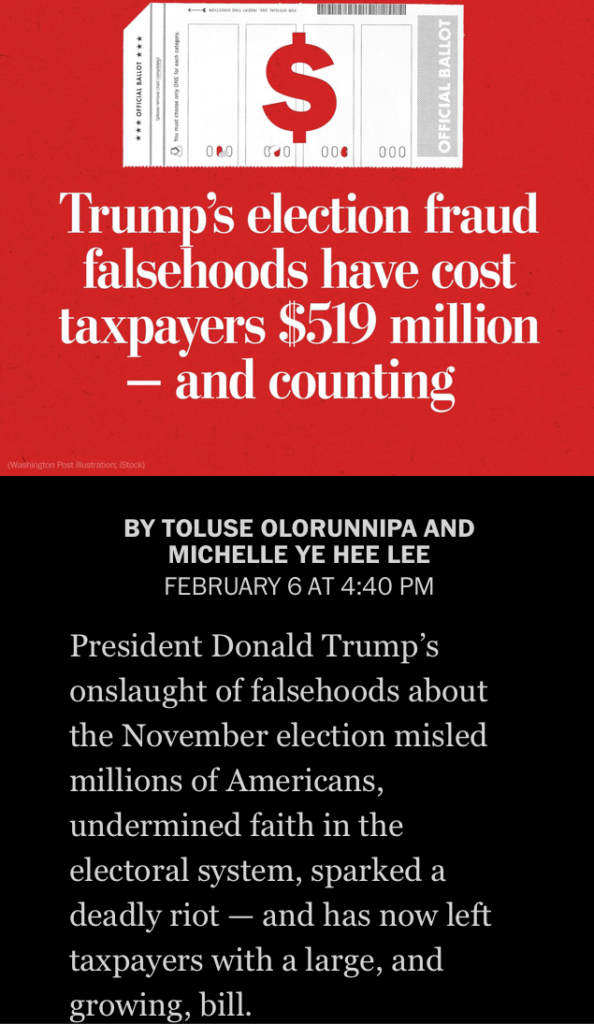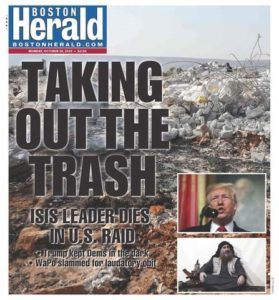I am a strong supporter of medical freedom, which means that in my opinion, people should be 100% free to decide which (if any) medical procedures to undergo, with no pressure or coercion from anyone else. This principle applies to the Covid vaccine as well: choosing to get the vaccine and choosing not to get the vaccine are equally good and equally valid choices and need to be treated as such.
The media gets this concept wrong all too frequently, and this article about Vikings QB Kirk Cousins is a great example:

First of all, the article, by Ryan Young at Yahoo Sports, makes the mistake of describing Cousins as “antivax” because he chose not the get the vaccine. This has become an extremely common way of characterizing people who opt against the vaccine, but it is not accurate. To be anti-vaccine means exactly that: to be against vaccines in general or the Covid vaccine in particular. But choosing not to do something yourself is not the same as being against it. One can consider it good that something exists as an option, without thinking that everyone should be forced to do it against their will. This concept has proven surprisingly difficult for people to comprehend. I’m sure that Cousins, as well as most people who opt against the vaccine, have no problem with other people getting the vaccine if they want to.
Secondly, I take issue with the wording that Cousins “doesn’t want to get his coronavirus vaccine.” This makes it sound as if Cousins is immaturely and irrationally refusing to do something that he is supposed to do. In reality, he is making a medical decision that he has every right to make. Absent evidence to the contrary, one should assume that Cousins made his decision deliberately and thoughtfully. Additionally, this might sound overly picky, but it’s technically wrong for people to use the phrasing, “his vaccine” or “her vaccine” or “your vaccine” when referring to someone who is not getting the vaccine. This makes it sound like there is a special vaccine dose allocated for that particular person, just waiting for him/her to come and get it. But if someone isn’t getting the vaccine, there is no such thing as “his vaccine.”
Third, it is wrong to say that the Vikings have the “NFL’s worst vaccination rate.” The Vikings may have the lowest vaccination rate, but that is not the same as worst. Getting the vaccine is an equally good choice as not getting the vaccine. Therefore, it’s just as good to have a team with 0% of the players vaccinated as it is to have a team with 100% of the players vaccinated.
The article talks about how Cousins has said he’s willing to hold team meetings outside (even in winter) and/or surround himself with plexiglass. Reporters questioned Cousins about why he “wouldn’t simply get vaccinated instead of going through such great lengths to avoid getting his shot.” But in my opinion, this is the wrong way of looking at things. To me, holding meetings outside or using plexiglass barriers are easier and less burdensome measures for avoiding Covid infection compared to getting a medical procedure. A more reasonable question would be: why would someone get a medical procedure just so that they can avoid having to practice physical distancing?
In conclusion, the media needs to respect medical freedom, as opposed to pressuring people to get the Covid vaccine. The media needs to present issues in a neutral way, as opposed to operating under the assumption that getting the vaccine is good and opting against it is bad. Too many articles essentially operate as opinion pieces, allowing the author’s presumptions about the vaccine to color the way that news is presented.







